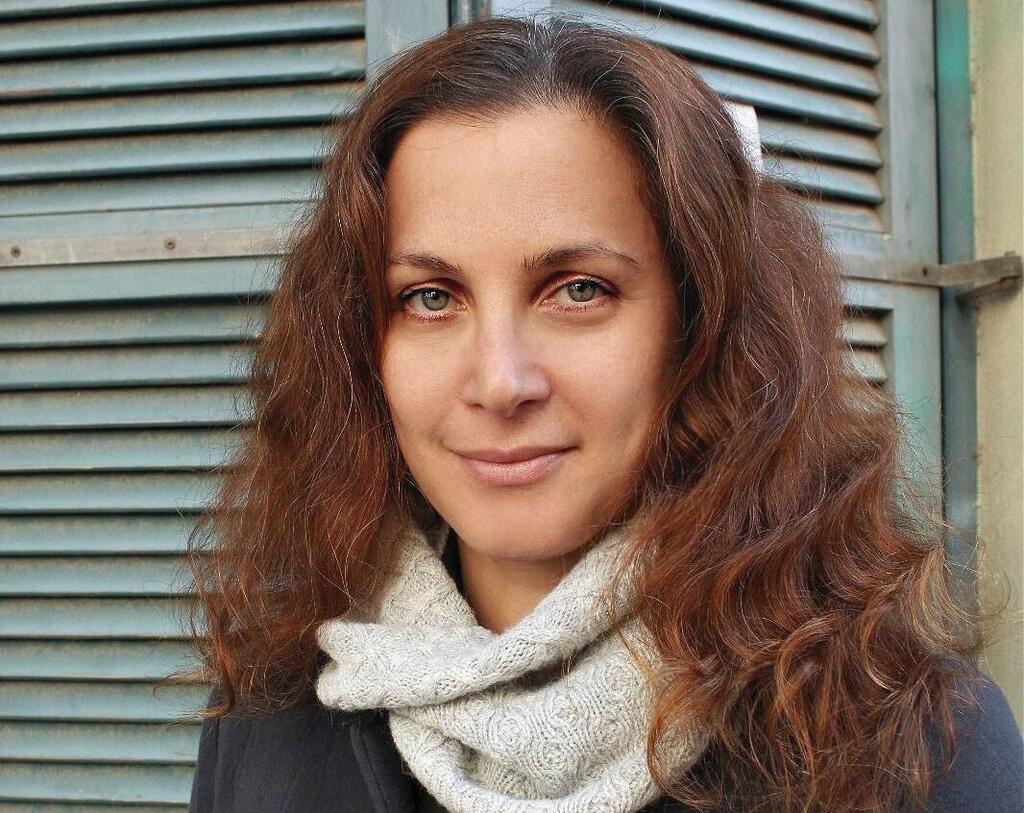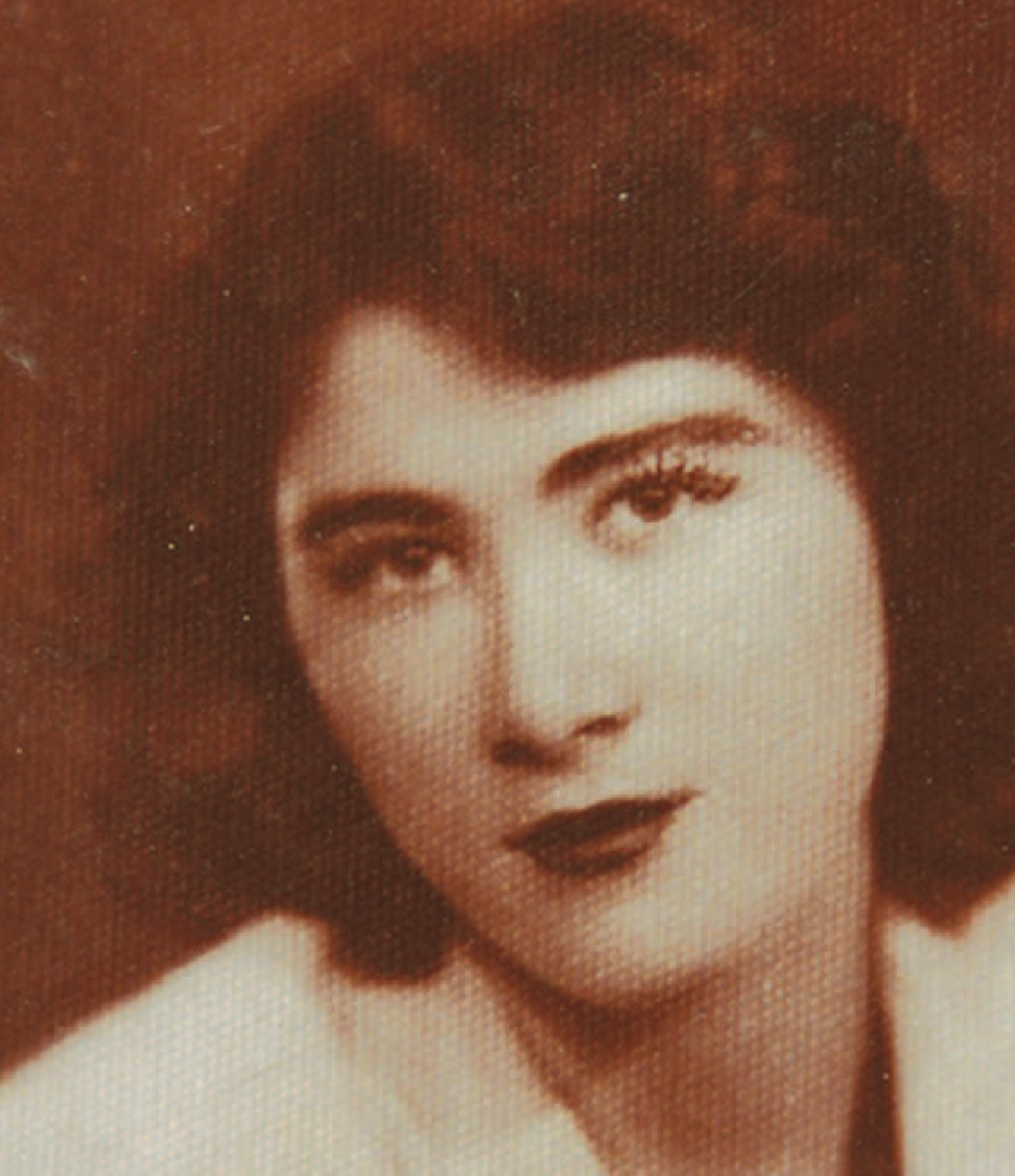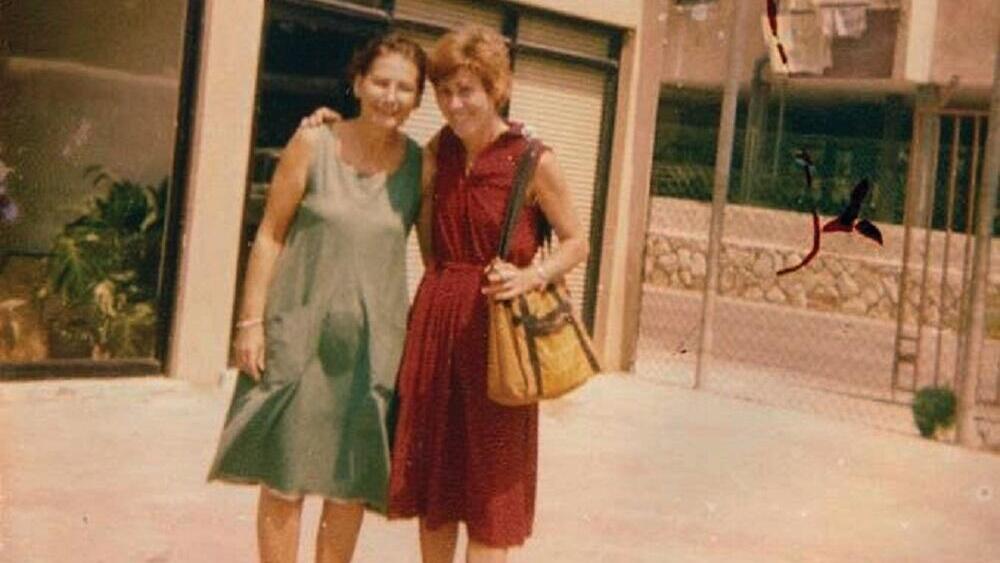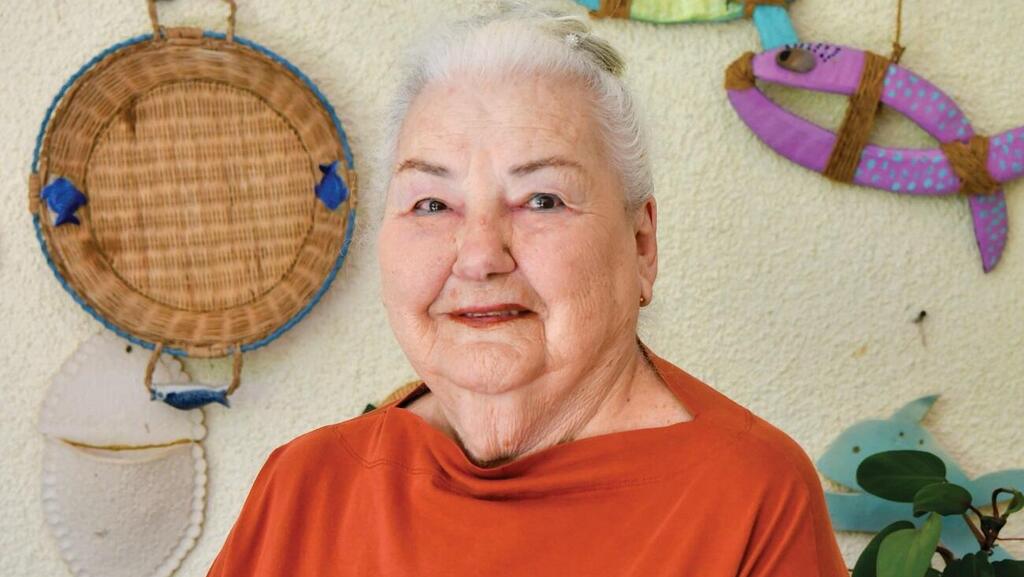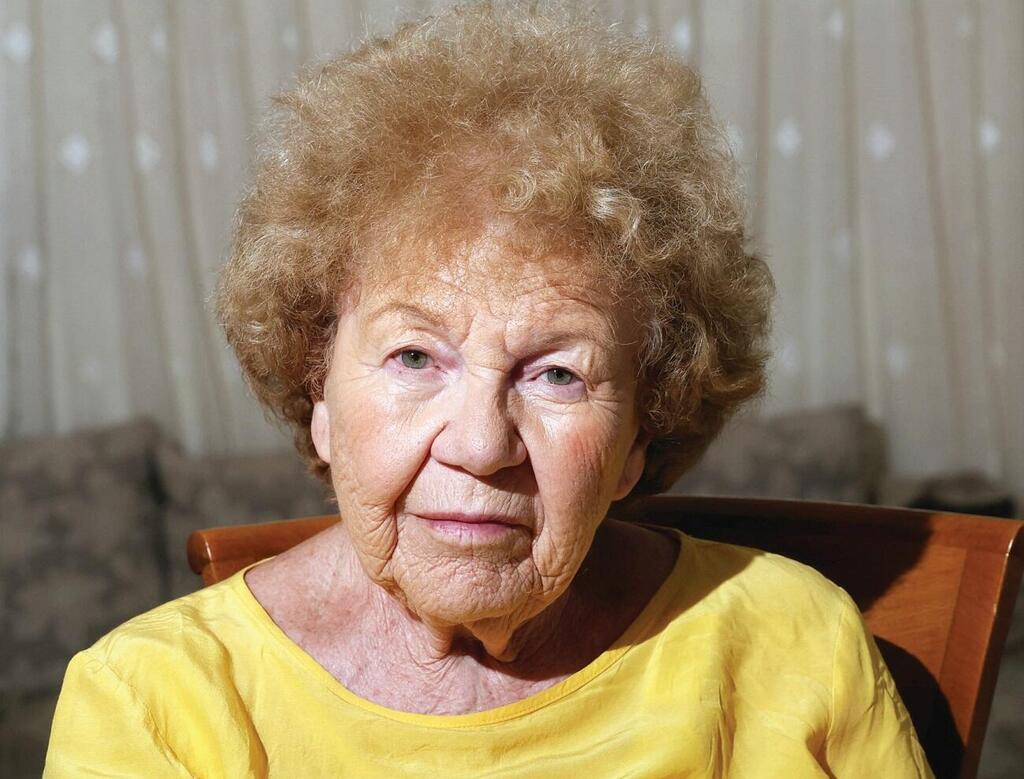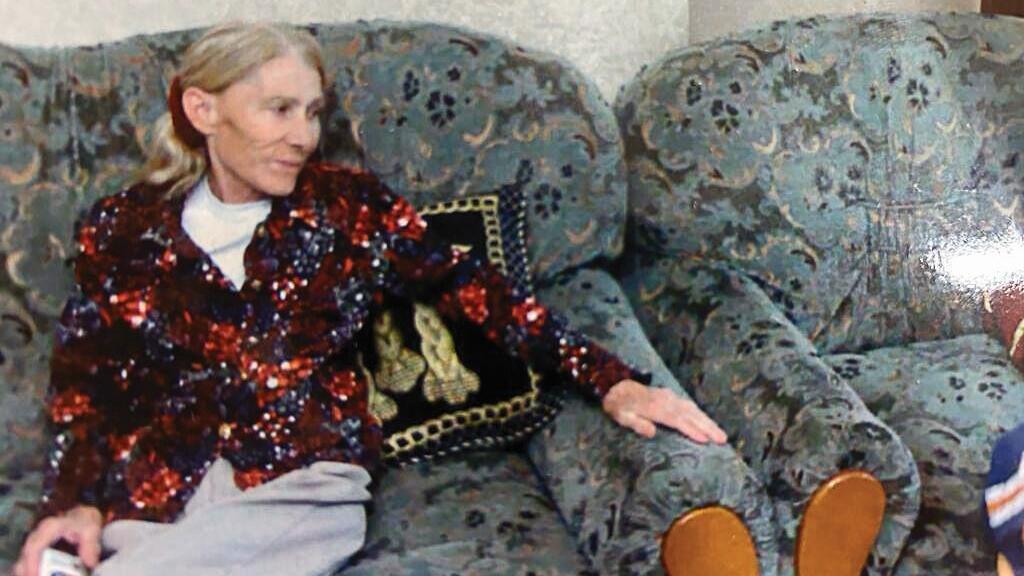Getting your Trinity Audio player ready...
Ahmed and Toril Bouchikhi returned home from the movie theater after their date night. He was a Moroccan-born waiter, and she was his seven months pregnant Norwegian wife, and both were residents of the peaceful ski resort town of Lillehammer, Norway.
Read more stories:
Tragically, Mossad agents mistook him for Ali Hassan Salameh, the chief of operations of the Black September Palestinian terrorist group responsible for the massacre of Israeli athletes at the 1972 Munich Olympic Games. This mistake led to tragedy - Bouchikhi was assassinated on July 21, 1973, in what later became known as the "Lillehammer affair," considered to this day Mossad's biggest failure.
7 View gallery
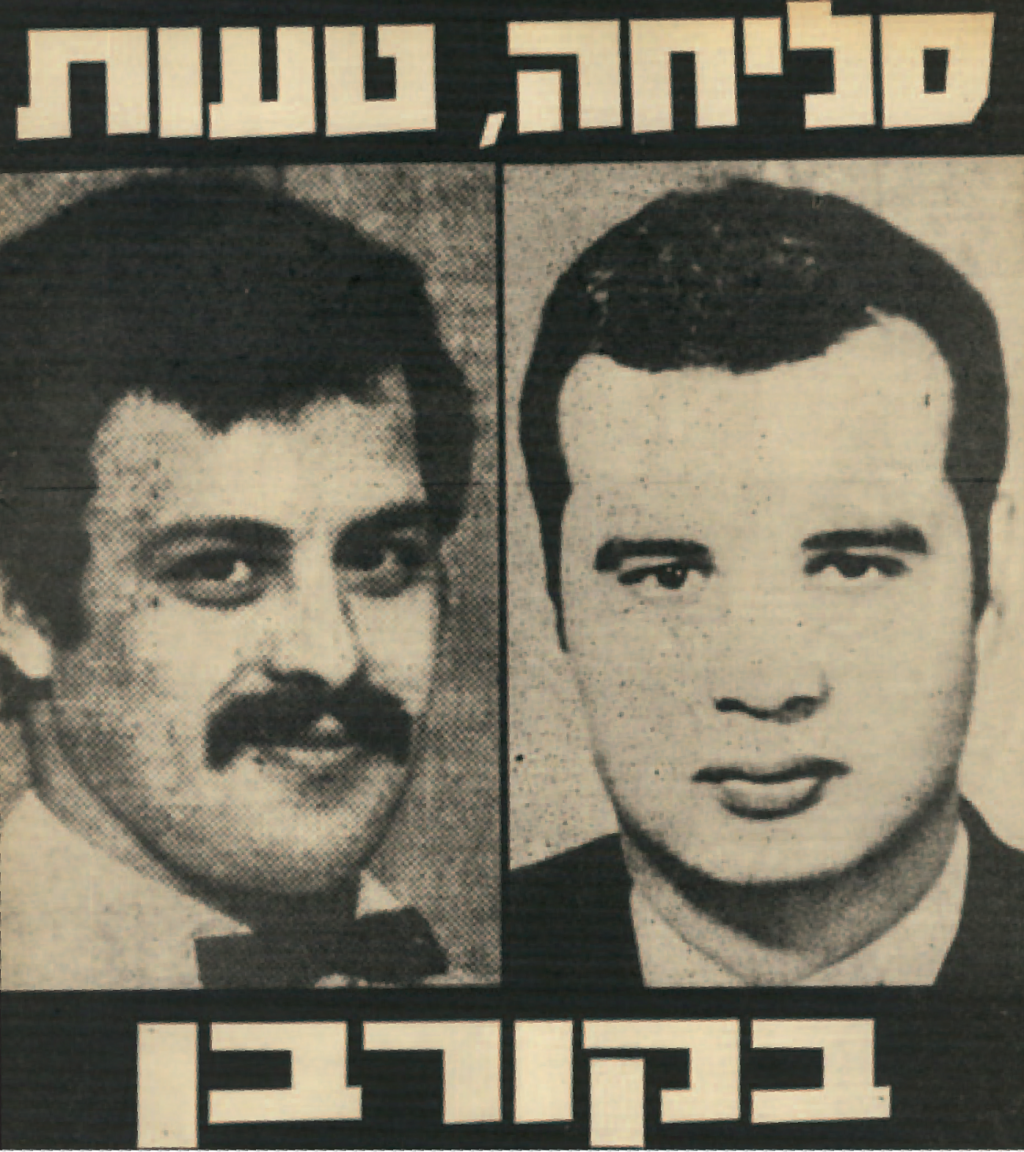

A banner reading 'Sorry, wrong victim' in Hebrew - the Lillehammer affair
(Photo: HaOlam HaZeh archive)
Fast forward to 2023, the documentary film The Lillehammer Curse, created by Emmanuel Nakash, Gidi Maron and Noam Tepper, is being broadcast on HOT8 and HOT VOD in Israel. The film follows the events that led to the fiasco, the assassination of Bouchikhi, and the fate of those involved in the operation's planning and its failure.
Most of the names were revealed to the public over the years, except for one figure who remained anonymous; the one who provided the tip that set into motion the snowball effect leading to the tragic mistake.
"Dr. Amina Daoud al-Mufti was the source who passed on the details to the Mossad," said Noam Tepper. "The man who recruited her to the Mossad was Rafi Sutton." Sutton, who at the end of the 1960s was the commander of Intelligence Unit 504, received information from someone who served in the Bethlehem government about a woman "who looked very interesting," and he arranged a supposedly coincidental encounter with her.
"I saw a woman entering the Church of the Nativity in Bethlehem and occasionally going out to smoke. I said to her, 'Modern times. Arab women smoking cigarettes in public!' and we started a conversation," Rafi Sutton recounts in the film. When he asked her name and she answered 'Dr. Amina al-Mufti,' Sutton responded: "The Prime Minister of Jordan is named Saʿid al-Mufti," and according to him, she replied that he was her father. "I treated her with respect," he says in the film.
This attribution is controversial - According to some sources, Amina does indeed belong to the al-Mufti family, a Jordanian family of Circassian origin, but is not the Prime Minister's daughter. Instead, she is said to be the niece of his brother Mohammed, who married a woman of European descent.
'She didn't want money for her services'
Amina al-Mufti was born in Jordan in 1939 and studied psychiatry at the University of Vienna. In the conversations that developed between her and Sutton, she expressed her animosity toward Palestinians. She gained Sutton's trust and was consequently recruited by the Mossad.
"When I spoke to Mossad personnel during the investigation for the film, I heard from them that they had never encountered such an agent," emphasized Meital Shabtai, an investigator and editor at Slutsky Productions, who conducted the investigation for the film. "Her handler told me that she did everything out of ideological reasons to help the State of Israel and didn't want money for her services. They really had to insist with her, and she only accepted payment occasionally."
Meital Shabtai: "Amina-Ruth was fired and went to work at a hotel at the Dead Sea. Her neighbors in Ramat Aviv told us that on weekends the stairwell was filled with the smell of the remedies she prepared"
At a certain stage, Rafi Sutton ran into her once again. When he was serving as Mossad's European station chief, he was informed that an agent was supposed to come to him, who unexpectedly turned out to be Amina. In 1972, with his encouragement, she began working in the offices of the Arab League, where she was accepted with open arms, and from there she passed information to her handlers.
On the surface, she seemed to be the right person in the right place, but there was a problem: she was not cautious. Thus, for safety reasons, it was decided to contact her mainly through telephone communication.
In early July 1973, Sutton went on a vacation, and Amina's operation was transferred to another operative. Shortly afterward, he received a telephone report from her about a rumor she heard in the office: Ali Hassan Salameh would be taking a specific flight from Geneva to Oslo on a certain date. Due to a mistake, the beginning of the sentence "I heard in the office that..." was not properly conveyed, and the information was treated as if it were a fact. As a result, the ill-fated operation to assassinate Salameh began.
Jail time in Lebanon
Despite that incident, she continued to serve as an agent. Before Rafi Sutton finished his role in a European country, he made sure to write a warning note about her, stating that due to her lack of caution, she should not be sent on operational activities in Arab countries. Nevertheless, in 1975, she was sent to Beirut to monitor the area from which the members of "Black September" operated.
"From what I understood during the investigation for the book, Amina was captured by Fatah's security mechanism on September 8, 1975," said Noam Tepper. "Someone noticed her when she stopped her car and observed the compound using binoculars. She endured severe physical and psychological torture and was sentenced to ten years in prison. She was imprisoned in a cave under inhumane conditions, including rape."
But they kept her alive.
"While Ali Hassan Salameh (who was assassinated later in 1979) demanded her execution, Yasser Arafat realized that he could benefit from exchanging her for his captive men, so she remained alive, but during her prolonged imprisonment, she did not see the light of day.
"In the Lebanese media, there were extensive reports about an 'Israeli spy,' but her connection to the Lillehammer affair was not exposed."
And eventually, she was released.
"After about four years, following contacts between Israel and the Fatah through intermediaries, prisoner exchanges were conducted: Amina al-Mufti was returned to Israel in exchange for two terrorists - with the blessings of Menachem Begin, who was Prime Minister at the time. The exchange was carried out in February 1980 under the auspices of the Red Cross in Larnaca, Cyprus."
From Beirut to Ma'agan Michael
Upon arriving in Israel, Amina al-Mufti was hospitalized and underwent surgeries to reconstruct her shattered jaw, her teeth were replaced, a wig was fitted to cover her hair that thinned in captivity, and she received a new identity: Dr. Ruth Nissanov, including a new date of birth and Israeli ID. After initial recovery, she was transferred to Kibbutz Ma'agan-Michael.
"Why are you asking about Amina? We called her Ruthie," says Eti Yonatan (88), a resident of the kibbutz who knew her.
Eti Yonatan: "I didn't ask anything. Whatever she told me - she told me. I understood that she was sent to Beirut and worked there in a hospital where the wives of the terror organization's leaders were treated. From her apartment, she could see their houses, follow them, and transmit reports."
What was your impression of her?
"She was in a terrible condition - her entire face was broken, and she smoked all the time. She looked 20 years older than her age."
How did you communicate with each other?
"In German. We gave her a cozy room next to the Ulpan, and in the mornings, before work, I would come to have black coffee with her. Later in the day, she joined me in the parents' club. She had a corner there with a sewing machine, and there was always underwear from the clothing warehouse that needed elastic replaced. When people started to get to know her and greeted her with 'Hello, Ruthie!' she nodded in response. She engaged in conversation with very few people.
"She loved dogs very much, and I got her a white dog that she adored - she cuddled it, kissed it, slept with it in bed, and spoke to it in German. She also wore a cross around her neck and told me that her mother was Swiss and her father was Arab. We used to walk by the sea, and that's where she began to open up to me."
What did she tell you?
"For four years, she was in an underground pit, with mice and bugs disturbing her sleep. Even when she returned, she had nightmares about it. Later on, she told me that the guard who brought her food was a young and kind man. One day he asked her, 'Are you really a doctor?' and when she answered yes, he said to her, 'Between us, I have a request,' and when she asked him, 'What can I do for you in this pit?' he told her that his wife couldn't conceive. She drew a plant that grew in the mountains with special leaves and said that he should pick them and prepare a drink for his wife to drink before sleeping. It helped. His wife became pregnant, and he told Ruthie, 'You'll get anything you ask for, except a key.' She asked for a cat, and he brought her one. The moment the cat ate the mice and scorpions, she was able to sleep."
Did you ask her how she was captured?
"I didn't ask anything. Whatever she told me - she told me. I understood that before being captured, she was sent to Beirut and worked there in a hospital where the wives of the terror organization's leaders were treated. From her apartment, she could see their houses, follow them, and transmit reports. After several senior terrorist commanders were unexpectedly killed, they began to investigate, going from house to house until they reached her. They interrogated and tortured her, but she didn't reveal anything. In the end, they decided to use her as a bargaining chip. They put her in a pit, and everyone thought she was dead.
After almost four years, that guard, who had a son thanks to her, sent a letter from her to her sister in Jordan, who was married to a diplomat, and through the UN, they started pressing for her release. In the end, she was exchanged for two militants and arrived in Israel, and that's how she reached us in Ma'agan-Michael. After a year and a bit, she received a car from Mossad and an apartment in Ramat Aviv and left. Before that, she told me, 'Don't tell anyone about what happened between us. Today it's a secret, but one day, when I'm no longer here, they will tell my story, and they will know that I am a heroine.'"
Did you stay in touch after she left the kibbutz?
"She invited me to her apartment twice, and that was it. She was a friend when she needed me. When she was okay, she said, 'Thank you for helping me,' and that was it."
Cigarettes in the hospital
When she moved to Tel Aviv, Dr. Ruth Nissanov worked as a psychiatrist in the anesthesia department at Sheba Medical Center. At that time, the department was headed by Dr. Yonah Elian, best known for sedating Adolf Eichmann during the Mossad operation to capture Eichmann.
Dr. Rosa (Rozika) Shiber, formerly a senior anesthesiologist at Sheba, remembers al-Mufti from that period. "My strongest memory of her is mainly the cigarettes. If the surgery was prolonged and she couldn't smoke, she would get angry, and sometimes I would replace her so she could go out and smoke."
Did you ever have a conversation with her?
"She didn't speak Hebrew well, and hardly spoke at all. She was very closed off. When I asked her about her family, she said she had family in Switzerland. When I tried to talk to her about intimate matters, she would change the subject, so I gave up. Once I invited her for a Shabbat dinner at our place, she enjoyed the food and I saw her smile. Another time, me and two friends from the department visited her at home, and then a couple arrived separately, who left after a short time, and we weren't told who they were. But overall, she was strange and lonely."
Did you know about her past?
"We understood that she arrived at the hospital with protections, there were rumors that she was connected to the Mossad and had undergone severe torture in Lebanon, but we didn't talk about it. On the other hand, we all saw that she wasn't professional as an anesthesiologist. She didn't work alone in the room - always with a specialist doctor - and we had to pay close attention to what she was doing to prevent unwanted outcomes. She worked in a profession that didn't suit her. And then she suddenly left Tel HaShomer. She just disappeared, and I haven't heard from her since."
Where did al-Mufti disappear to? Investigator Mital Shabtai tells us: "After Dr. Elian left his position, Amina-Ruth was fired and went to work at a hotel at the Dead Sea, treating psoriasis patients. Her neighbors in Ramat Aviv told us that on weekends the stairwell was filled with the smell of the remedies she prepared. Later, she got a house in Hadera and moved there, but it seemed she built up resentment towards the Israeli institutions."
And then she moved to Nazareth
"In the 1990s, she decided to open a clinic in Nazareth to treat skin problems and moved to live there. She connected with a Muslim family of a patient who was married to an imam who was imprisoned for incitement against Israel.
"In 1994, after Israel signed a peace agreement with Jordan and the border between the two countries opened, Amina traveled to visit her family in Amman. The family did not welcome her easily, but later the relationship was renewed, and she made subsequent visits.
"In 2008, she made a will with a lawyer, leaving all her assets in Israel to the imam's family. Later, she returned to Amman, and at the end of 2008, she passed away at the age of 69 and was buried in Jordan."
A tragic ending
The life story of Dr. Amina Al-Mofti leaves behind sad reflections. By all accounts, she was a valuable spy who contributed greatly to the State of Israel. However, when she returned after captivity in Lebanon, disowned and in pain, she did not find herself in Israel. She was frustrated and angry at the Israelis that abandoned her to cope with her feelings alone.
"It turns out that giving identity and money as compensation for such service is not enough. We should have tried harder to embrace her," concluded Meital Shabtai.
Noam Tepper, do you think that Amina al-Mufti also fell victim to "The Lillehammer Curse"?
"It is clear to me that there were mistakes in her process when she returned to Israel, starting with her assignment as an anesthesiologist, something that did not suit her, and I assume also in the continuous relationship with her. It seems that loneliness was her driving force to connect with the Arab family that became like a family to her. In principle, I don't believe in curses, but yes, I think the curse also came over her."
First published: 23:50, 07.15.23


